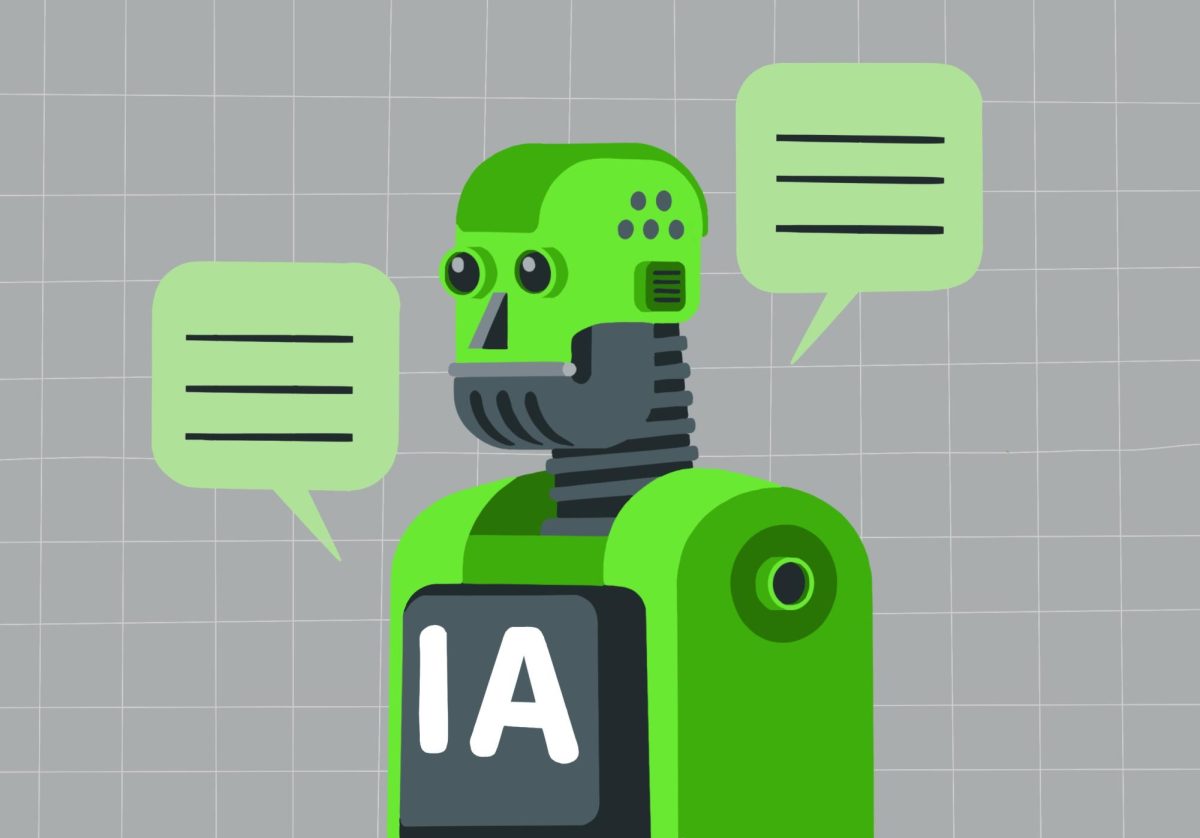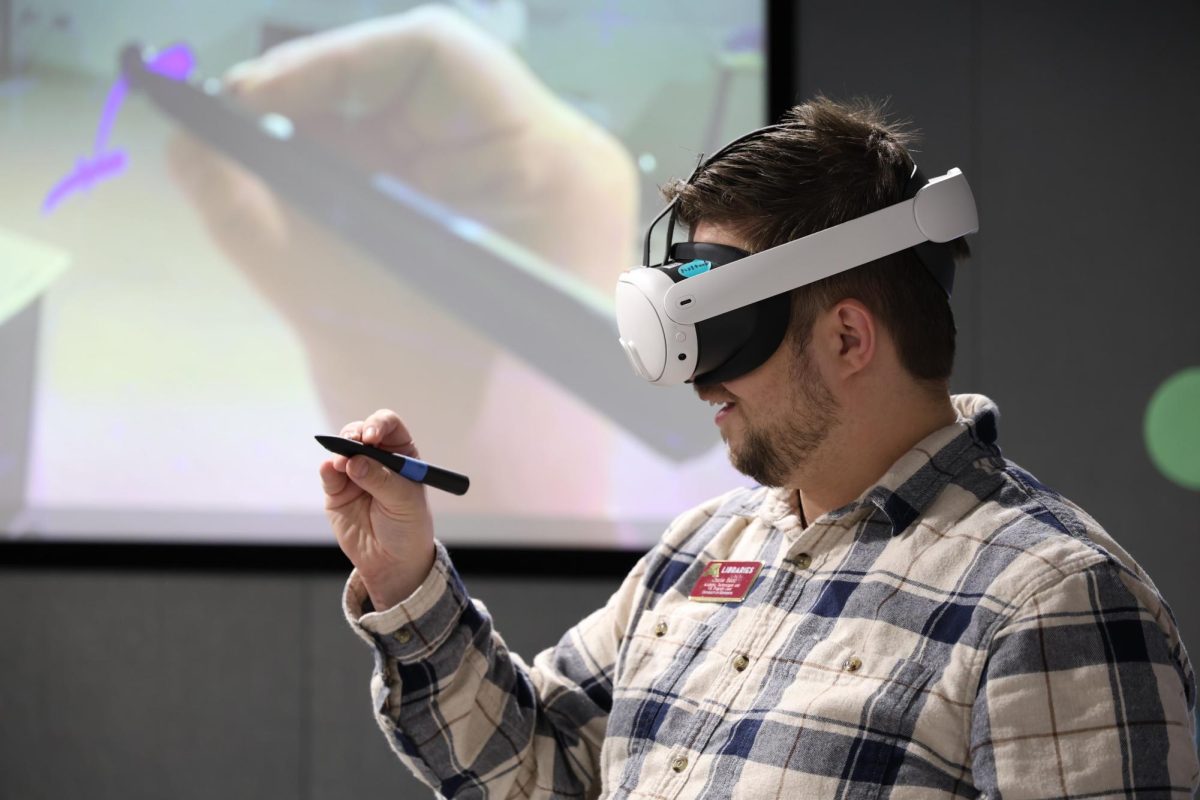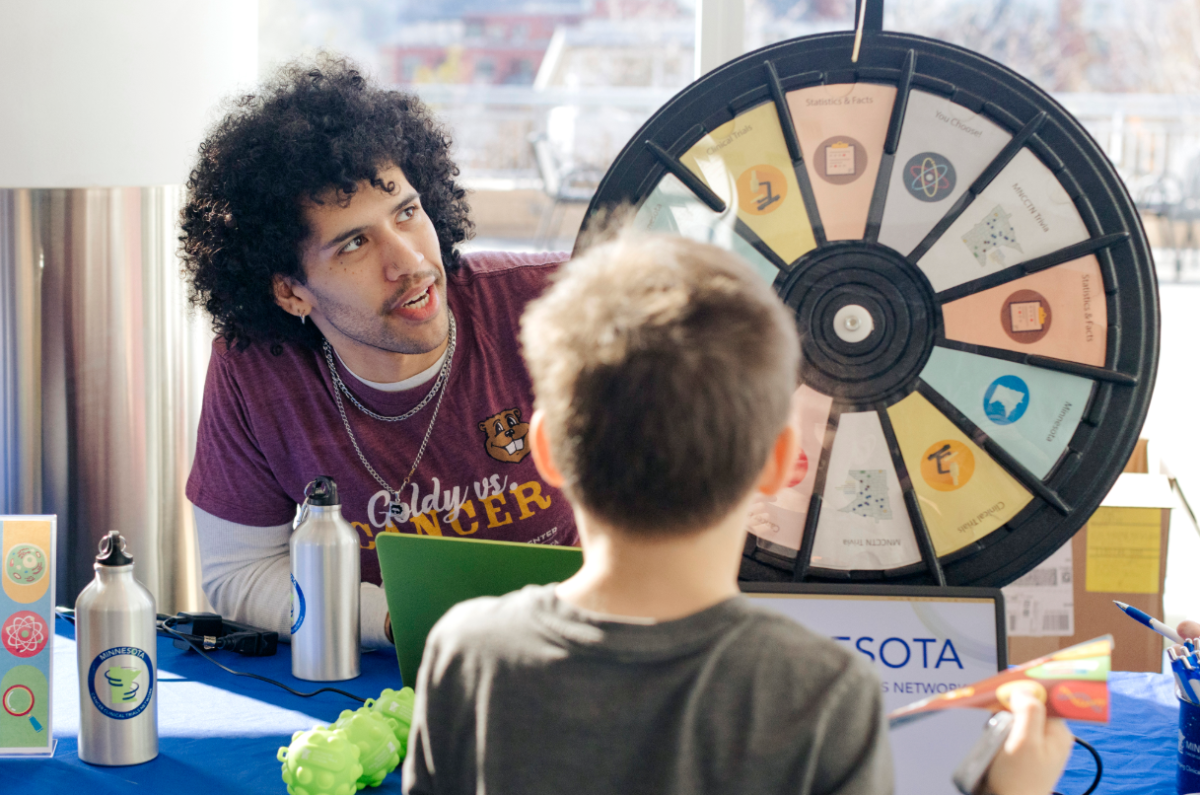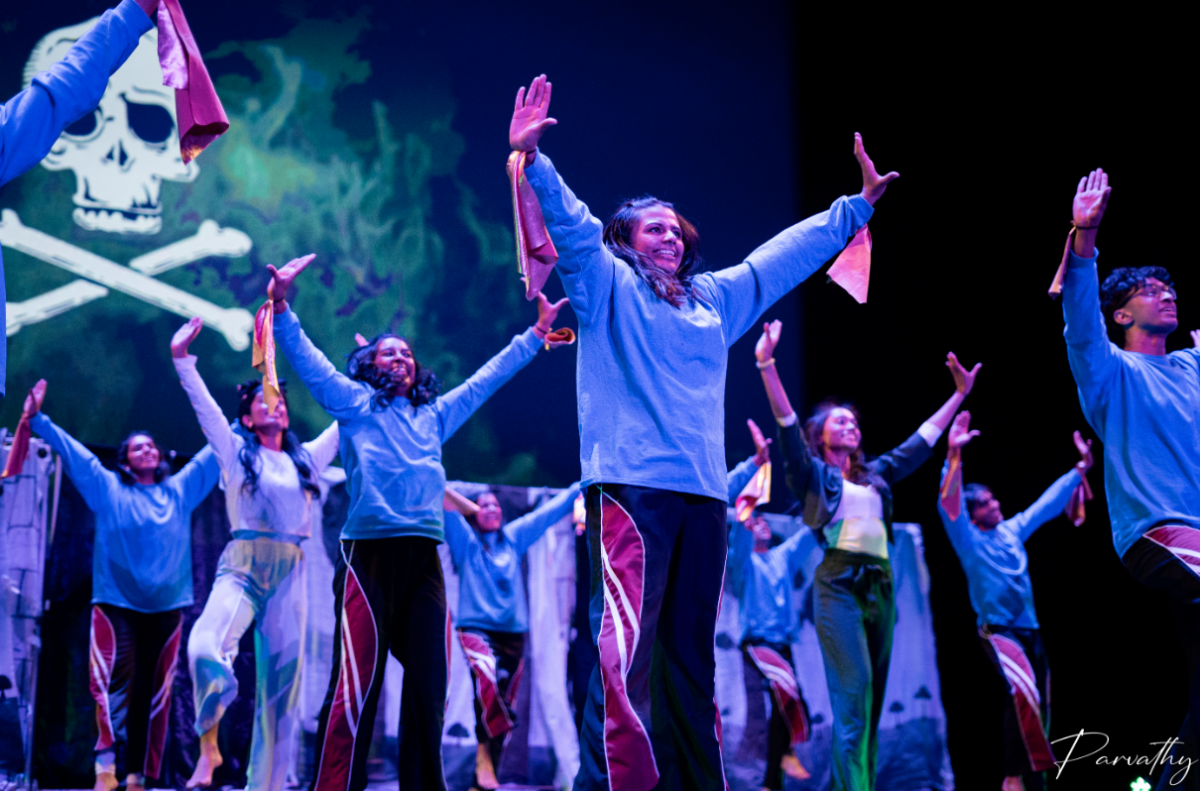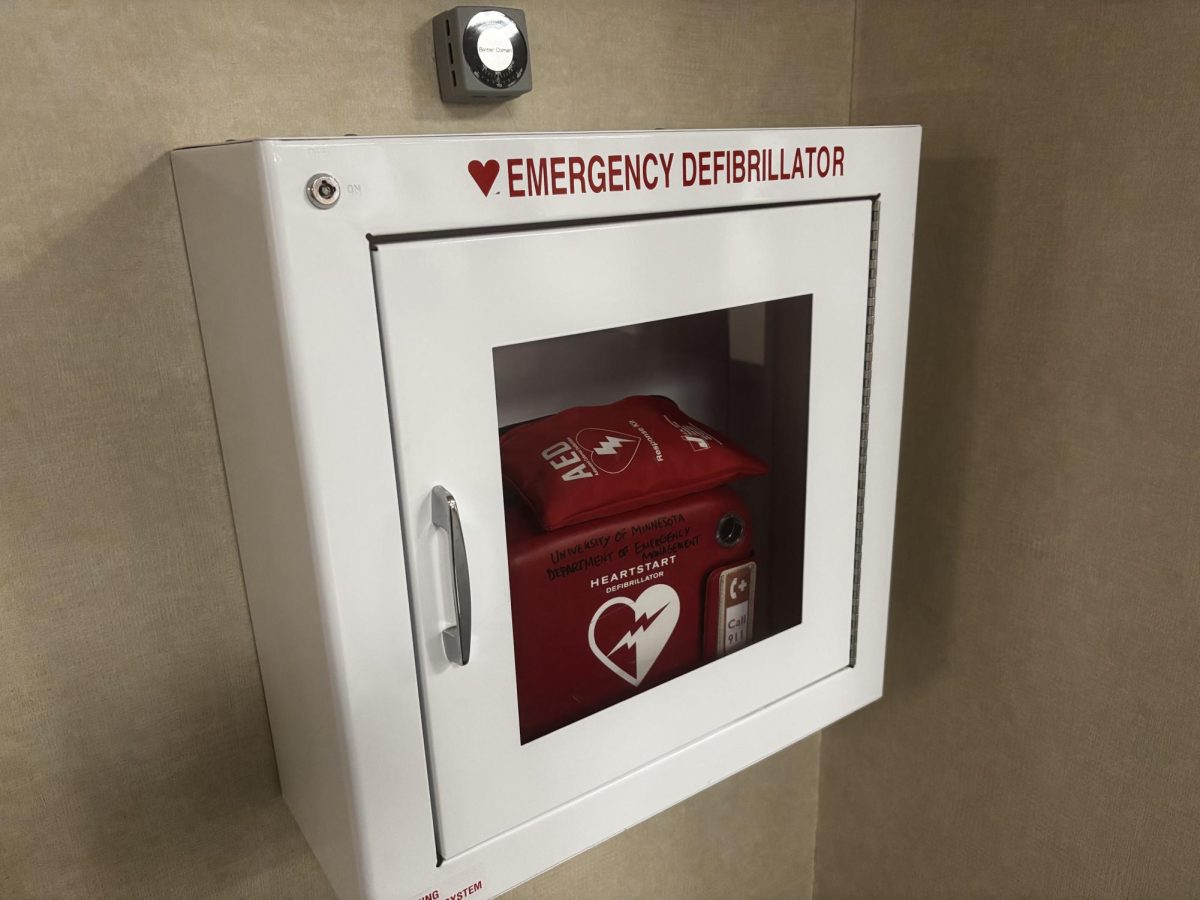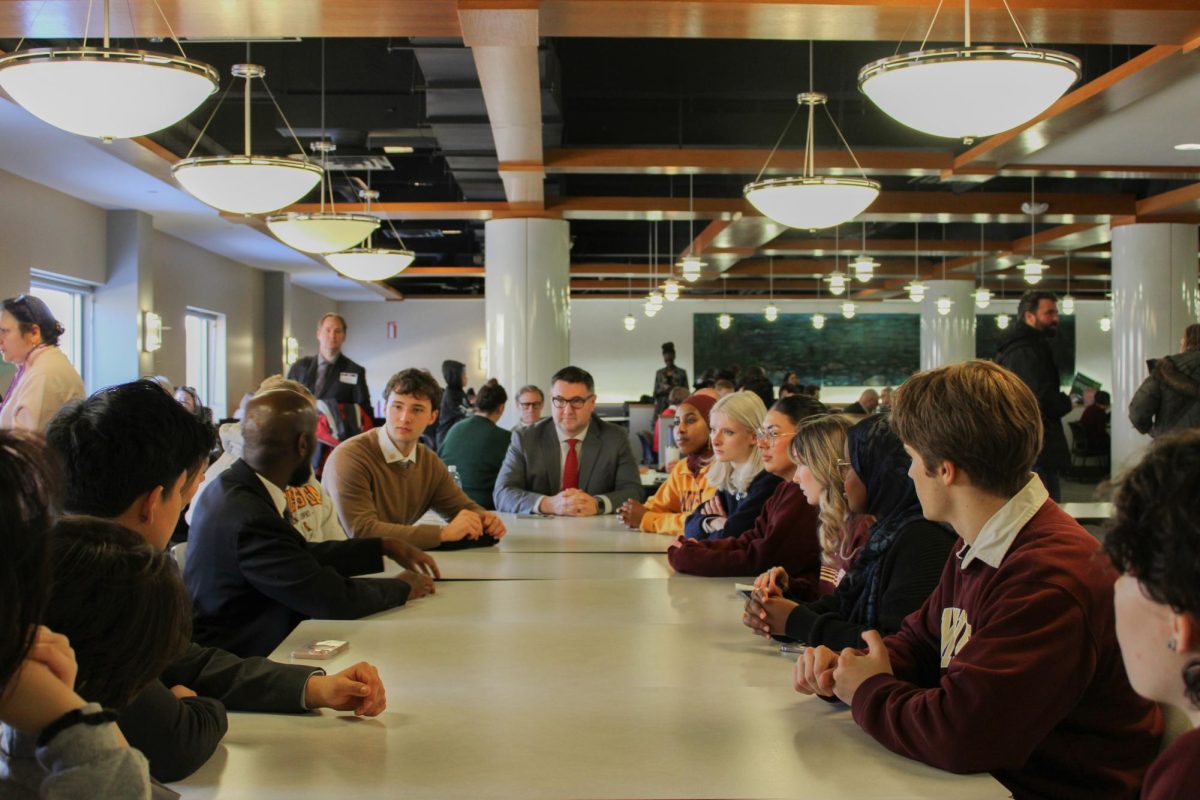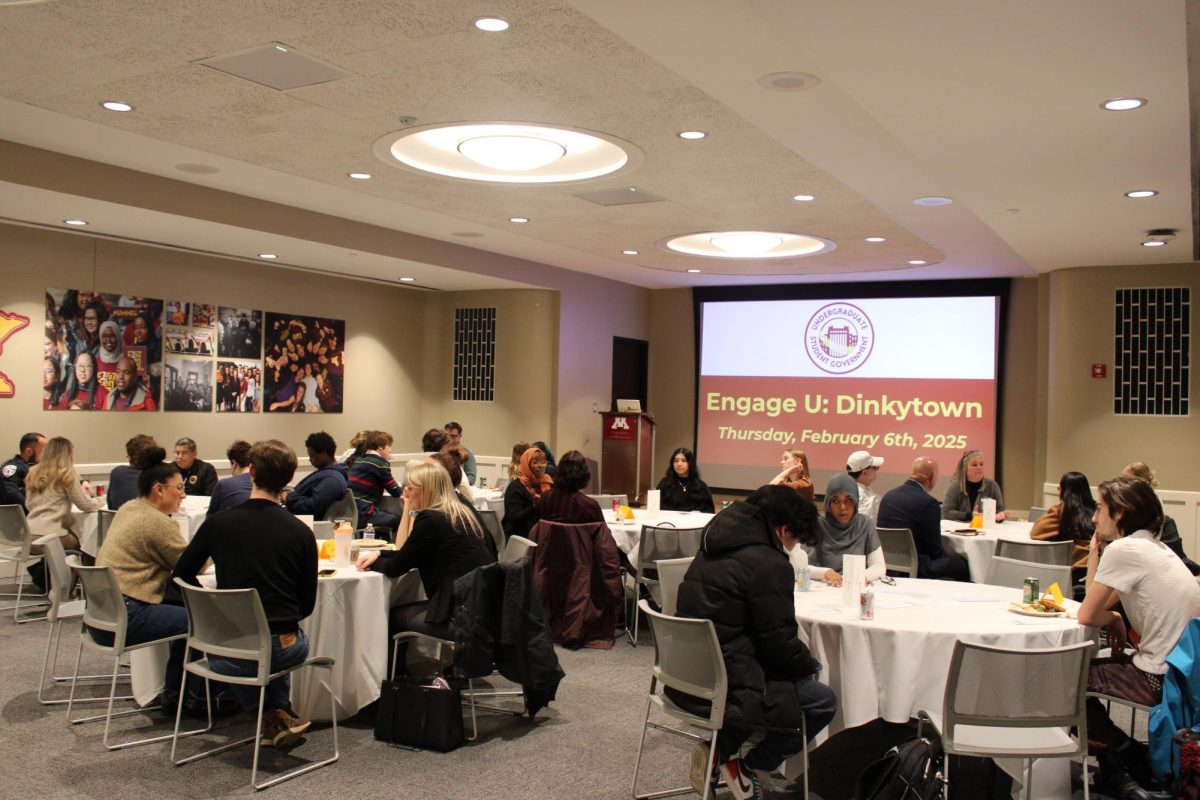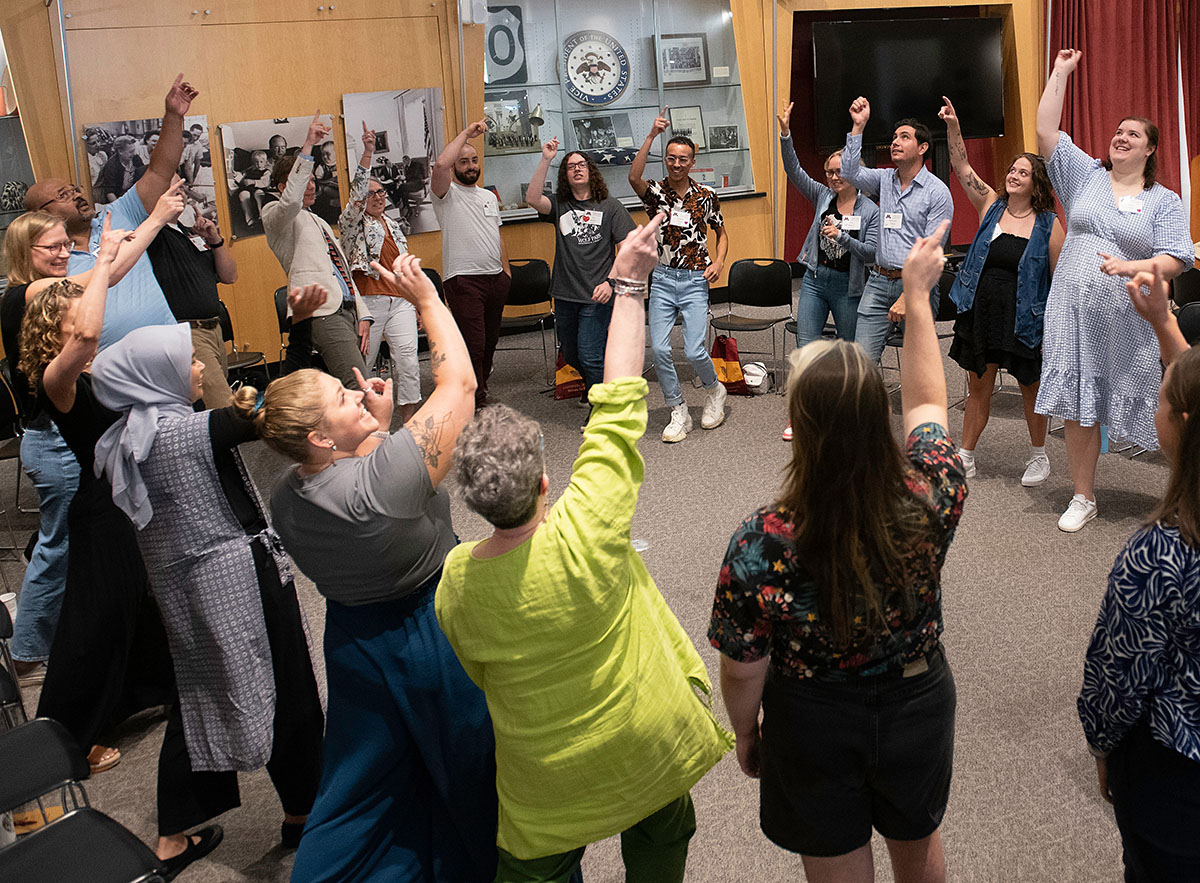A new webpage called Navigating AI @ UMN gives University students and faculty tools to navigate artificial intelligence in research and classroom settings.
The webpage, created by the University’s Office of Internet Technology, lists approved AI tools for student and faculty use. The web page also has other resources, including lists of groups and events University community members can participate in to learn how to be aware of and use AI.
The Artificial Intelligence Society (AIS) is one of several student organizations listed on the webpage.
According to the club’s Gopherlink page, its mission is “to empower AI enthusiasts with the technical expertise, leadership skills, and business insights to solve real-world problems and drive innovation.”
AIS President Darsh Garg said the society has seen the scope of what AI can do through technical workshops, teaching the intricacies of AI and general meetings.
“We think that it really has the potential to make a tremendous impact on society,” Garg said. “It’s interesting from a technical standpoint, but also its potential is really large as well. We want to tap into that.”
Garg said knowing how AI programs function can be beneficial for students.
“The market is changing, the industry jobs are changing,” Garg said. “So knowing how to use AI in an ever-evolving job market is really essential.”
Another resource on the AI web page is the AI Makerspace, which is run through the Data Science Initiative (DSI). DSI aims to promote data science research by enabling “the development of new methods, data sets and software that are used to address grand challenges facing our state, nation and the world,” according to its website.
“Anyone can come who wants to learn more about how to program AI,” Hayley Borck, managing director of the DSI, said. “How to ask questions about what it can do for you, and how to see if it’s appropriate for use in the research that you’re doing.”
Borck said Makerspace is sort of office hours for AI-related questions, getting help with a class problem or even just having fun with AI. There are also experts from the Minnesota Supercomputing Institute there to help.
According to Borck, the AI Makerspace is modeled after a similar program at Georgia Tech.
As someone with a background in computer science and AI, Borck said she understands the limits and capabilities of AI tools but can see that many people do not.
“Because we’re moving so fast, these tools are coming at us in every aspect of our lives,” Borck said. “It’s going to be very important to understand exactly what these tools are doing in order to make better decisions in our daily lives.”
The use of AI programs in classrooms is a big topic in higher education, Teaching with AI Book Club leader Mary Jetter said. The book club is open to faculty across all University of Minnesota system campuses.
The book “Teaching with AI” highlights some of the problems AI presents in classrooms, such as how to detect AI in assignments and how faculty can make lesson plans using it.
The book club discusses these problems and how faculty can be aware of AI’s presence, Jetter said.
“My belief is that every course should have an AI policy,” Jetter said. “Because one of the things I’ve heard from faculty and students is that their instructors aren’t talking to them enough about AI and talking about it repeatedly.”


